Suddenly, but let me ask, are you playing guitar? What kind of guitars do you like?
Les Pauls are cool, SGs are cool. Jazzmasters are cool, and then there are Mustangs, Broncos, V’s, RD’s, Melody Makers—there are so many cool models out there that it’s impossible to list them all.
Among these various models, I especially love Stratocaster types. But even more than that, I love Super Strats, which are modified for technical play.
In this article, I’ll be talking about why I love Super Strats by covering:
- Key Features of Super Strats
- My Top Recommended Guitarists Who Play Super Strats
■ Key Features of Super Strats
Let’s go back to the early 1980s. At that time, hard rock and heavy metal (HR/HM) were booming around the world.
During this era, the demand for guitars that were easier to play and could handle heavier distortion and harder sounds began to rise.
As a result, the classic Stratocaster design was modified to meet these demands.
So, what are the differences? Let’s compare two guitars and see.
Here are the two guitars I have for comparison:
↓ A cute, basic Stratocaster in light blue
Fender / Vintera 50s Stratocaster Sonic Blue
↓ A cool, black Super Strat
Charvel / MJ So-Cal Style 1 HSS FR M Gloss Black
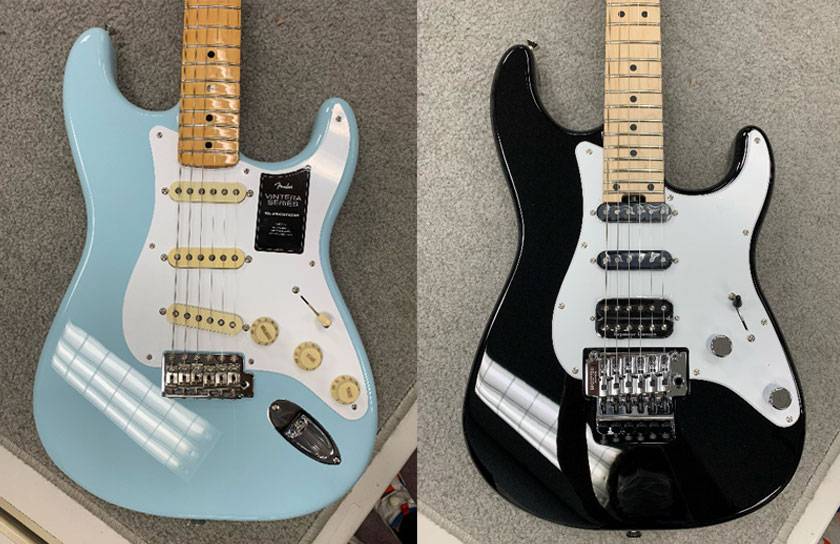
Here they are from the front. You can already see the differences in pickup configuration, bridge, jack placement, and controls. The Charvel has a jack on the side.
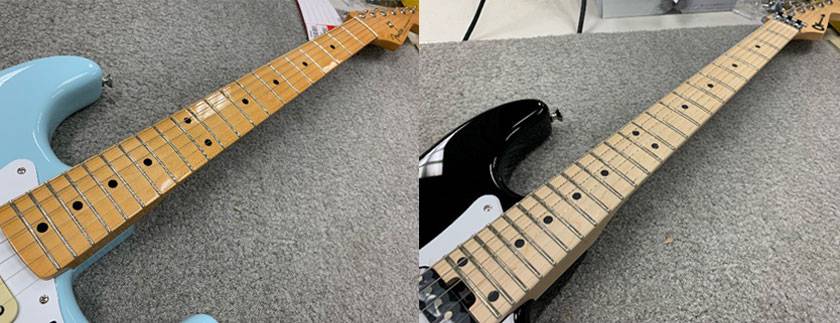
Next, let’s look at the neck. At first glance, you can see the difference in the number and size of the frets. The fingerboard radius is also flatter, and the neck shape differs (sorry, I couldn’t capture that in the photo).
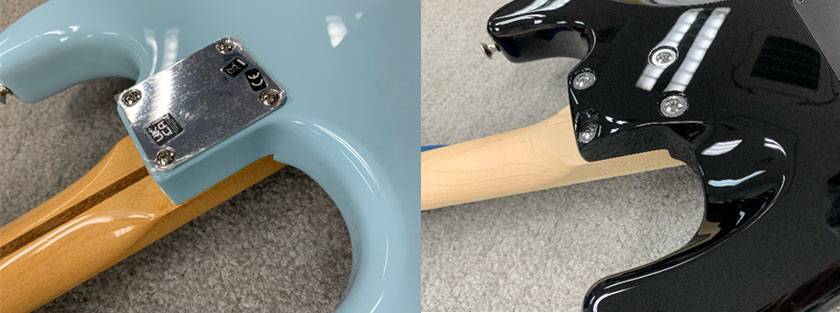
Now, check out the joint area. There’s a clear difference between the presence or absence of a joint plate, and the shape is also different. You can also see that the Charvel has a deep cut for easier access to the higher frets.
In summary, here’s what’s changed:
- The pickups have been switched to more powerful humbuckers.
- The bridge has been upgraded to a locking tremolo system for deep dive-bombing effects.
- The number of frets has increased to 24, and the frets themselves are larger.
- The fingerboard has a flatter radius.
- The joint shape has been modified for easier access to the higher frets.
Some models might have 22 frets or neck-through construction instead of a bolt-on neck.
Even though each difference seems small on its own, when you combine all these features, it feels like a completely different guitar. And in practice, it plays like a whole new beast.
These changes make Super Strats faster, more aggressive, and more suited to tricky, technical playing. That’s their biggest feature and advantage.
■ My Top Recommended Guitarists Who Play Super Strats
There are countless super guitarists out there, but let me introduce three Super Strat players who I absolutely love.
○ Vito Bratta (Formerly of White Lion)
The first one is Vito Bratta. Before you say, “Who’s that?”—just hear me out.
His playing is incredibly cool. He’s not just technically proficient, but he also plays beautifully melodic phrases and solos.
And the guitar he uses? A Stratocaster-style guitar with a locking tremolo and humbuckers—the quintessential Super Strat setup.
Lately, I’ve been trying to practice his phrases, but I can’t seem to nail them. They’re tough!
Fun fact: After White Lion disbanded in 1991, Vito disappeared from the public eye. Even during their 1999 reunion, he didn’t show up. Rumor has it that he works at a pizza shop, but I’d love to see him play live someday.
○ Paul Gilbert (Formerly of Mr. Big)
Next up is Paul Gilbert, someone you’re probably familiar with.
A giant among technical guitarists, Paul lived in Tokyo for a while, and he also uses a Super Strat-style guitar. His signature model, the Ibanez PGM, is iconic.
Recently, he’s been modifying his guitar by removing the locking tremolo, but still, his playing remains top-tier.
Known as “The Prince of Speed”, Paul’s solos are blisteringly fast. He’s so fast that time can barely keep up. He’s one of the few guitarists who have mastered speed, precision, and skill.
I saw him live with Mr. Big in 2017 when they came to Japan, and it was incredible. How incredible, you ask? It was really incredible—I don’t even have the words to fully describe it!
○ Eddie Van Halen
Last but certainly not least is Eddie Van Halen. There’s no need to introduce him—everyone knows the legend.
His innovative use of the locking tremolo system and his revolutionary guitar techniques have made him an icon for all rock guitar lovers.
I personally think that without Eddie, Super Strats and locking tremolos wouldn’t have developed as they did. His influence is just that significant.
The trend of modifying Stratocasters by adding humbuckers? That was largely thanks to Eddie’s impact. If it weren’t for Eddie, who knows if Super Strats would even exist today?
I’ve kept this overview pretty brief, but I hope you now have a better understanding of what makes Super Strats ‘super’, what kind of guitarists love them, and just how amazing they are.
Many timeless songs have been created using these guitars, which still feel fresh and relevant even today. I encourage you to check out some Super Strats and the legendary tracks they’ve helped bring to life.
↓ Here are the two guitars I used for the comparison:
Fender / Vintera 50s Stratocaster Sonic Blue
Charvel / MJ So-Cal Style 1 HSS FR M Gloss Black
↓ And here are some other recommended guitars:
Charvel / PRO-MOD SO-CAL STYLE 1 HH FR M Satin Burgundy Mist





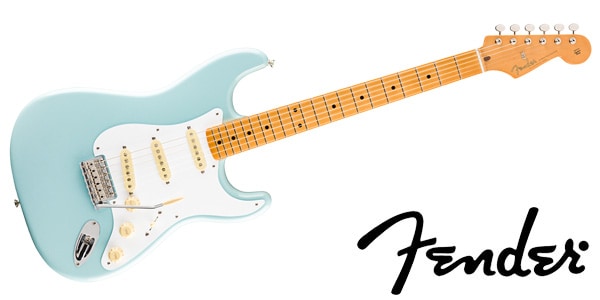
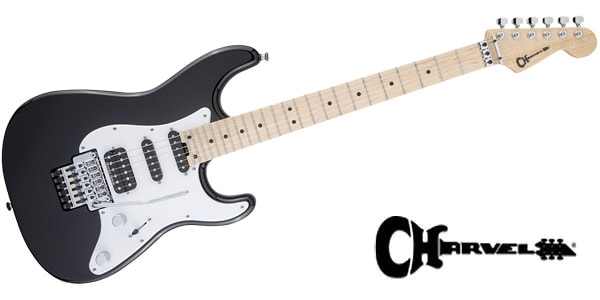
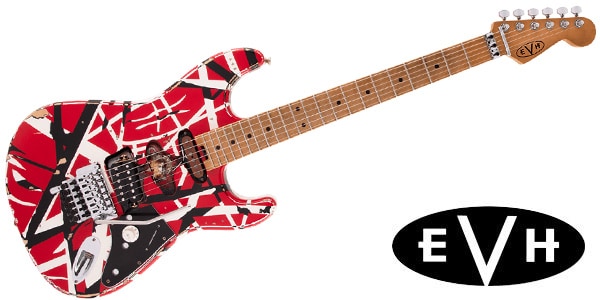
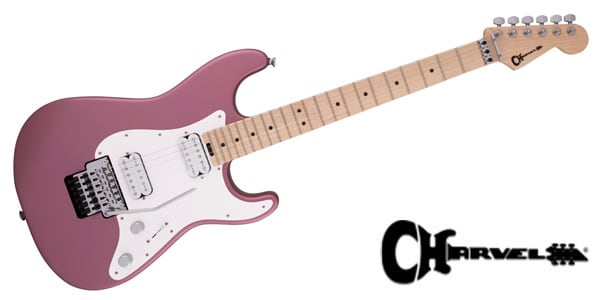
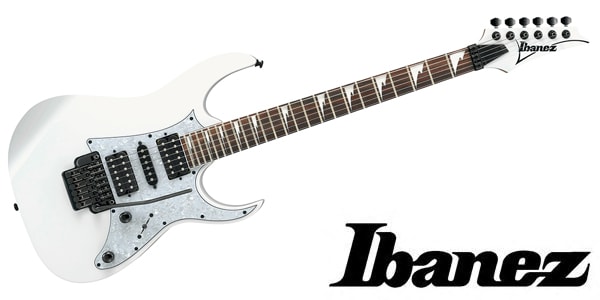

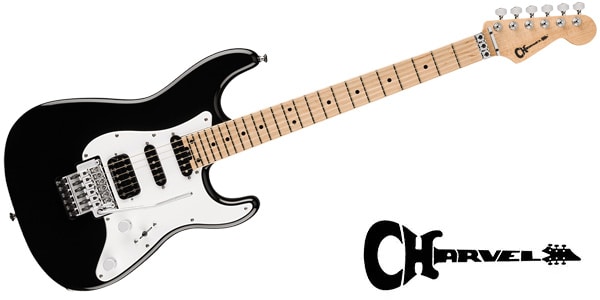




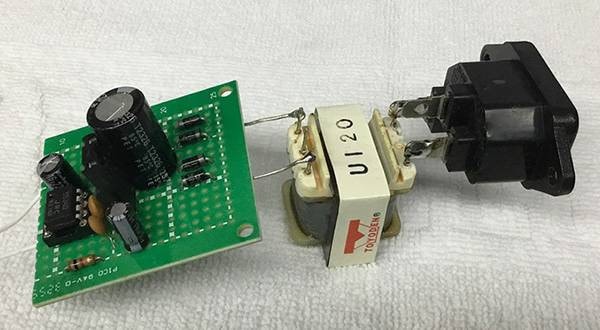
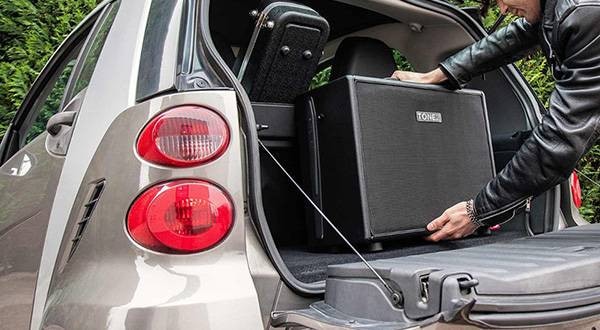
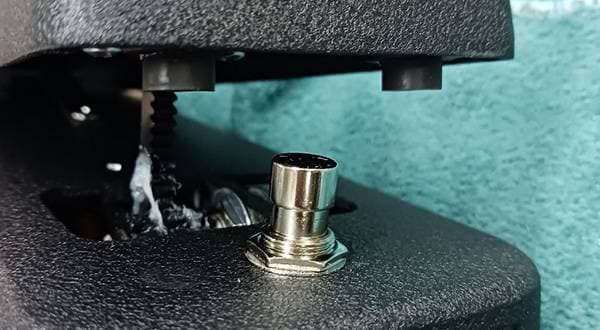
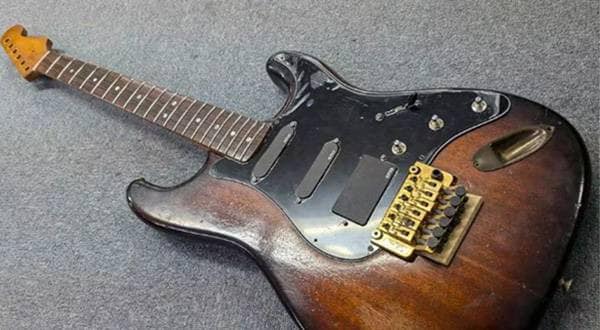
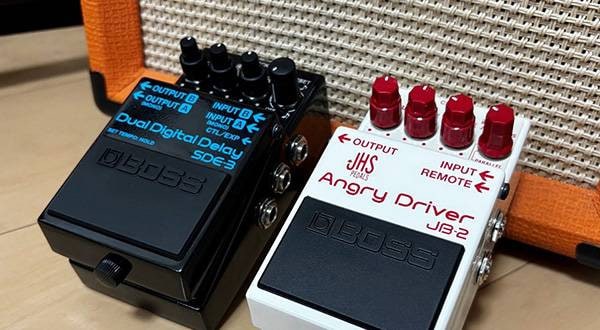
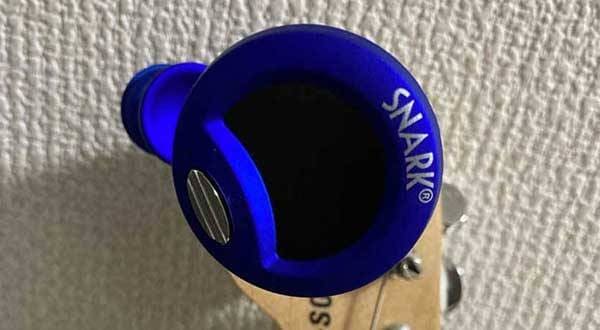

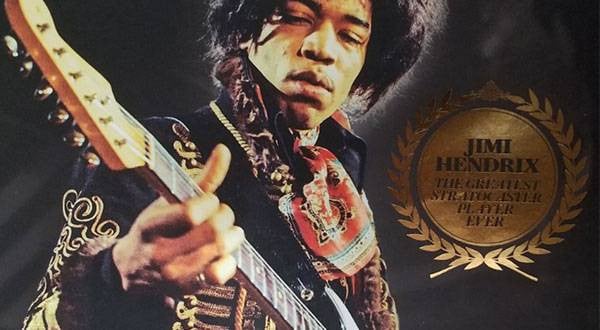


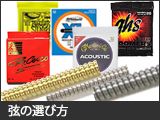 エレキギター弦の選び方
エレキギター弦の選び方
 FENDER(フェンダー)ブランドサイト
FENDER(フェンダー)ブランドサイト
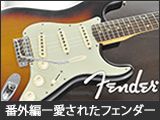 愛されたフェンダーギターたち
愛されたフェンダーギターたち
 ギターの種類
ギターの種類
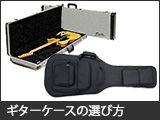 ギターケースの選び方
ギターケースの選び方
 ピックの選び方
ピックの選び方















